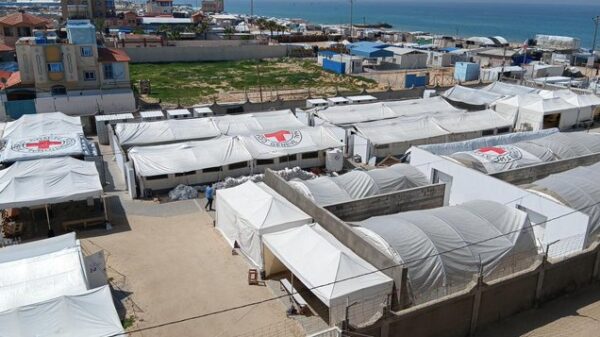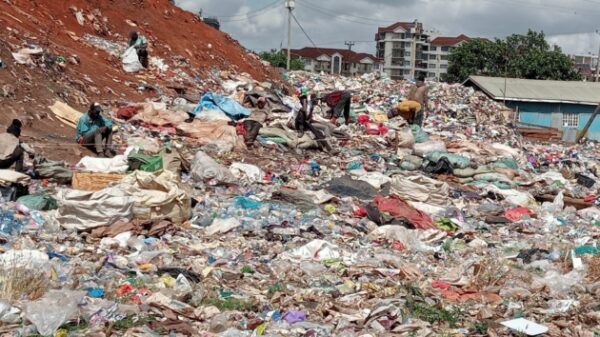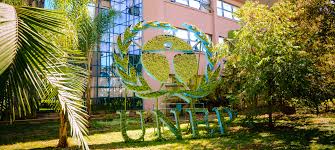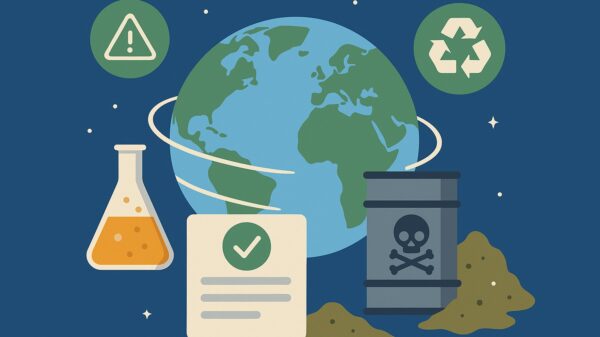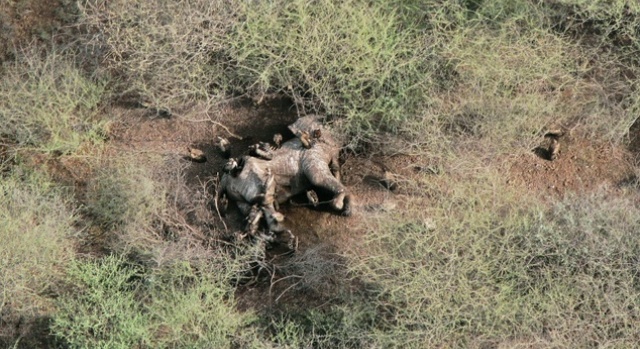
An aerial view of a dead, poached elephant lying in a National Park in South Sudan; July , 2015 /WCS/AFP
JUBA, Mar 3 – All sides in South Sudan’s civil war have slaughtered wildlife including elephant, giraffe and antelope, conservationists said Thursday, warning huge efforts must be made to protect the surviving animal population.
In a report released on World Wildlife Day, conservationists said gunmen had devastated one of Africa’s largest animal migrations, yet another victim of an ongoing civil war marked by atrocities in which tens of thousands of people have been killed.
The US-based Wildlife Conservation Society (WCS), which backs government efforts to protect its natural resources, warned of an “alarming expansion of illegal exploitation and trafficking”.
It said there had been a “sharp rise” in recent months of commercial bush meat poaching of antelopes, elephant killing, ivory smuggling, logging of trees, charcoal production and gold mining, damaging formerly pristine forests.
Elephants have been slaughtered for their tusks, while giraffe and antelope have been mowed down with machine guns for meat to feed the tens of thousands of soldiers and rebels battling each other since December 2013.
“The various armed forces across the country have been implicated in cases of large-scale wildlife poaching, both for consumption and commercial trafficking,” WCS said, adding that “international actors” were also believed to be involved.
‘Still hope’
Eastern regions are home to giant herds of antelope including tiang, white-eared kob and reedbuck as well as giraffe, lion, cheetah and vast bird populations.
The wilderness is the largest area of intact savannah eco-system left in east Africa, and in terms of numbers, the circular migration of animals rivals that of Kenya’s iconic Maasai Mara and Tanzania’s Serengeti ecosystems.
“There is cause for great concern for many vulnerable species in the country, particularly elephant, giraffe, and tiang populations,” WCS said.
In a gloomy assessment, it said ongoing surveys had confirmed “that some of these wildlife populations have managed to survive in some areas”.
“There is still hope to protect these populations and halt the expanding poaching and trafficking pressures,” WCS added.
The report comes a day after the United Nations warned that the country’s humanitarian crisis is worsening, with the warring sides “dragging their feet” in implementing an August peace deal.
Previously, animals and people have survived in the remote marsh areas of the Sudd, the world’s largest freshwater swamp, in the Upper Nile and Unity regions.
Soldiers arrested for poaching
For the first time in South Sudan’s conflicts, government troops however now have amphibious tanks, able to enter previously isolated swamp zones to hunt down opposition.
Last month, 19 government soldiers and 11 civilians were arrested for commercial bush meat poaching and trafficking by government wildlife rangers, with sacks of dried meat of more than 60 antelope, WCS said.
South Sudan’s wildlife service chief, General Philip Chol Majak has said he “fears that hundreds” of elephants have been killed.
The survival of South Sudan’s wildlife was once a rare cause for hope in a land left in ruins by the decades of conflict that paved the way for its independence in 2011.
Before civil war broke out, the government said there were some 5,000 elephants, although WCS’ estimation was far lower, at around 2,500 animals.
Last year WCS said that almost a third of elephants fitted with its satellite monitoring collars were missing.
Ongoing detailed surveys have been hampered due to the conflict with low flying aircraft at risk, with even UN helicopters having been shot down in the war.

